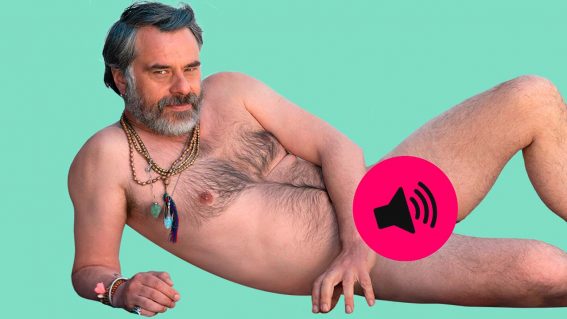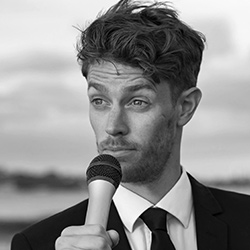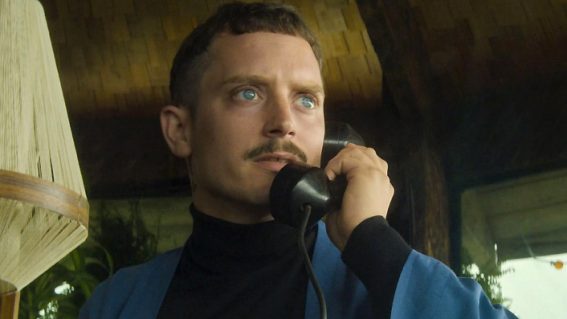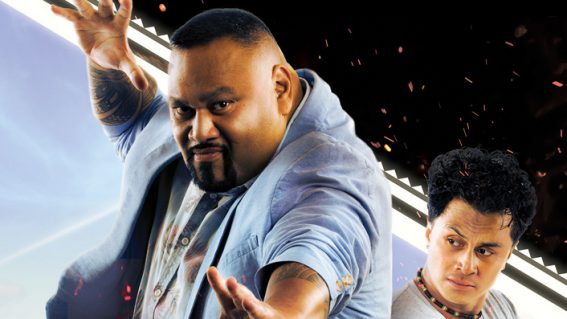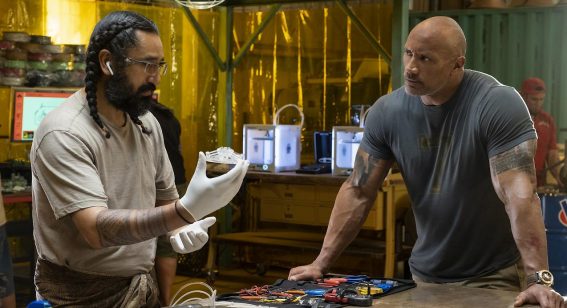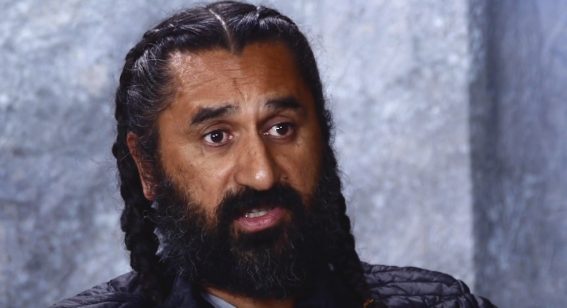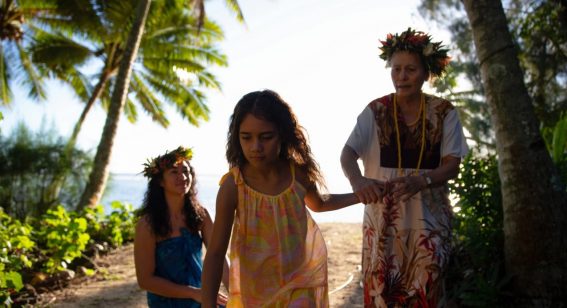Millie Lies Low star Ana Scotney on playing an anxious young woman in such anxious times
“I think a question a lot of folks would understandably ask of Millie is ‘bro, why don’t you just tell the truth?’”
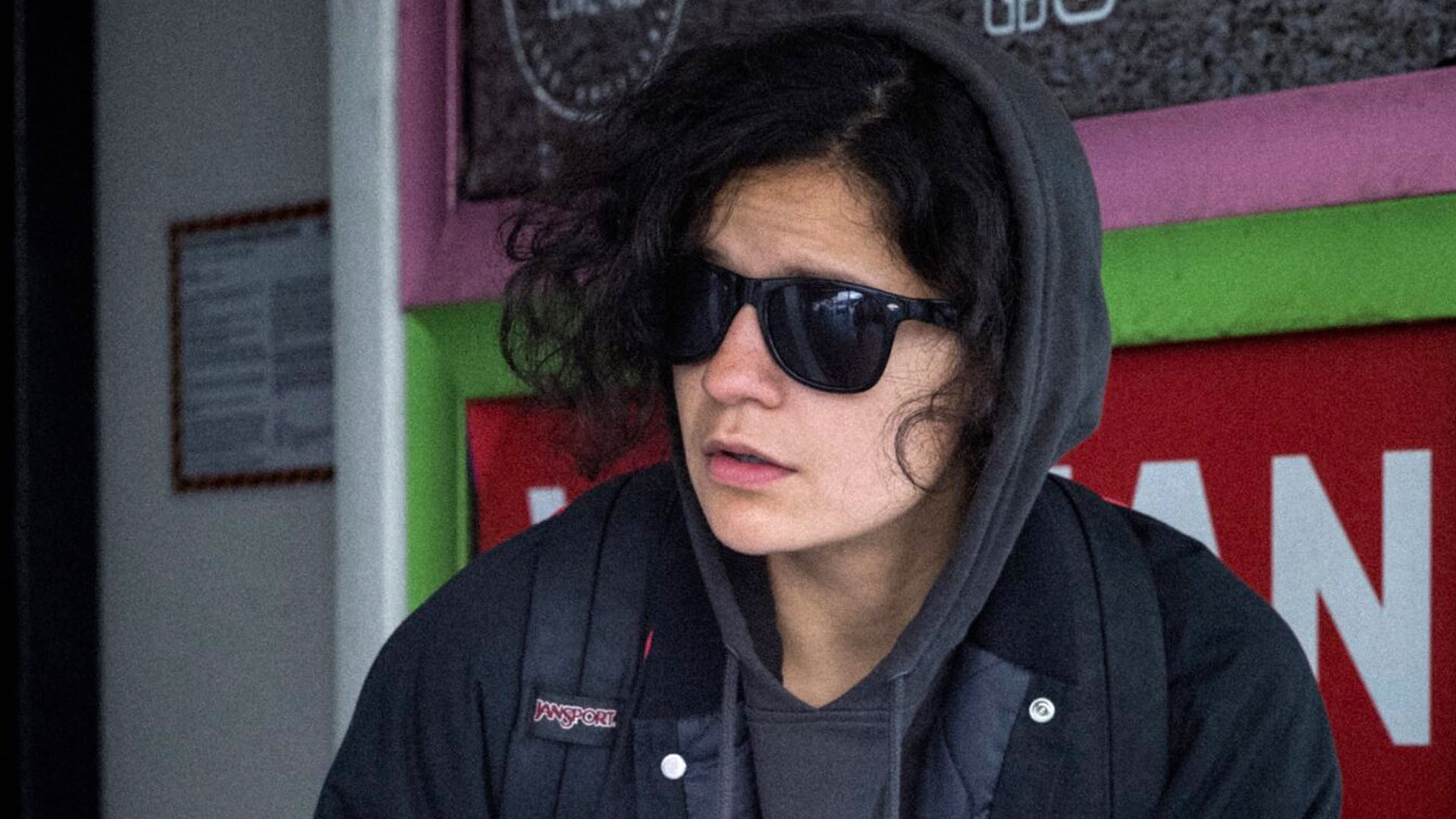
Tense comedy-drama Millie Lies Low stars Ana Scotney as a stressed-out twenty-something who tries to bluff being on a big trip to New York when she’s actually at home after bailing on her flight. Rachel Ashby – whose review described Scotney as “exhilarating in this brutal and exciting debut feature” – caught up with the actor to find out more about the film.
Millie Lies Low, the debut feature film from writer and director Michelle Savill, is an anxious and hilarious satire on the pressure of trying to live up to expectations in an online world. A panic attack forces Millie off her flight towards a prestigious architecture scholarship in New York. Instead of coming clean, the strung-out twenty-something decides to fake her adventure in the Big Apple on social media, while ‘lying low’ in Wellington. Ana Scotney (Cousins, The Breaker Upperers) stars as Millie in this tense and hilarious drama.
FLICKS: What was the first thing that attracted you to this project?
ANA SCOTNEY: I think what attracted me to the script initially was the writing and the opportunity to work with Michelle [Savill], who is an incredible visual artist. I remember the first time I read the script I was on a bus ride from Auckland back down to Wellington and I just thought it was really amazing. I’ve admired her since her short film Ellen is Leaving and I’m just so honoured to have worked with her on her first feature, particularly across these crazy pandemic years.
What was the process of making this film like? Did COVID impact you guys?
I think it really changed the film a lot. It’s been such a durational process from my first audition in 2018 to the moment of release, so having a chance to reflect on it now with freshness is really cool. We were up and running for just four days of principal photography in 2020 before down came Aunty Corona and landed us in lockdown. It was another 6 months before we could get back into making the film, with a new anxious zeitgeist and a really different collective psychology.
Far out, what a context for a film that is already so anxious!
Yeah totally! It felt apt to make a movie about an insanely anxious young woman inside such anxious times. It feels good to release it and have that closure now. As a team I think we’ll all look back on this project as a kind of time capsule like, “woah, do you remember when we burned through shooting Millie Lies Low in four weeks in the dead of winter, constantly thinking we were going to get shut down again?” It was a hard shoot—and a cold shoot! But there was still a lot of fun to be had. I was really floored by everyone’s commitment to getting it done and supporting Michelle and the story. It felt really special, it’s a time that will really stick with me.

As an actor, how did it feel to work on this project at this point in your career?
I think it’s that time capsule thing again. I have aspirations of maybe going overseas in the next couple of years so it is really special to have a project that has a strong imprint of Wellington on it. This is where I grew up, and there are so many things in this film that I relate to in my own life. A lot of the locations of this film are so familiar. There are flats that Michelle has lived in, or that some of my best mates live in. We shot the party scenes at a classic artist flat that a lot of people from Wellington will know. Also, it was amazing to work with Chris [Alosio] who plays Millie’s boyfriend Henry. I’ve known him since I was like 19 or 20 from drama school, so it was really cool to share this experience with him.
Millie is such a complicated character: she’s frustrating and makes decisions that are so stressful to watch, but there is also something about her that is very relatable, even when she is handling a situation in the most chaotic way possible. How did you approach embodying her as a character?
Our amazing casting director/acting coach Tina Cleary worked really closely with myself, Chris and Jillian [Nguyen] who plays Millie’s best friend Carolyn, to create a performance style in advance of the first shoot. We had a really robust rehearsal process and it helped me create a sense of empathy with this character who is supremely anxious and frightened of not living up to external expectations. I think a question a lot of folks would understandably ask of Millie is “bro, why don’t you just tell the truth?” I had to try to justify why she would double-down and hide out in Wellington, getting up to some hilarious and wily shenanigans, just to save face.
Identity and presentation of self is a big theme in the film, did you find that you could relate to these aspects of the story at all?
I think with the lockdowns and having our routines interrupted or shifted, we have all had some space to reflect on the introspective “who am I?” type questions. I can relate to these existential vibes as a Māori/Pākeha girl who’s middle class and had a pālagi-bougie upbringing, but who also has a heartbeat in the forest of Te Urewera. I’m someone who is on and off social media a lot. I think the internet provides a zone to, perhaps performatively, present different aspects of yourself that align you with a tribe by way of your politics, your sexuality, your gender, your race—te mea, te mea.
It can be inspiring, and it can be a time vacuum. I think when you are accountable to a place like Te Urewera, which has a real old-world energy, it exposes the triviality of things like social media. I really love this Aboriginal writer Stan Grant who talks about how identity politics are kind of among the great perils of our time, and I think I agree with that. In many ways, that’s the question at the heart of the film: how do we connect authentically to what it is we are about, and where do we want to go?









